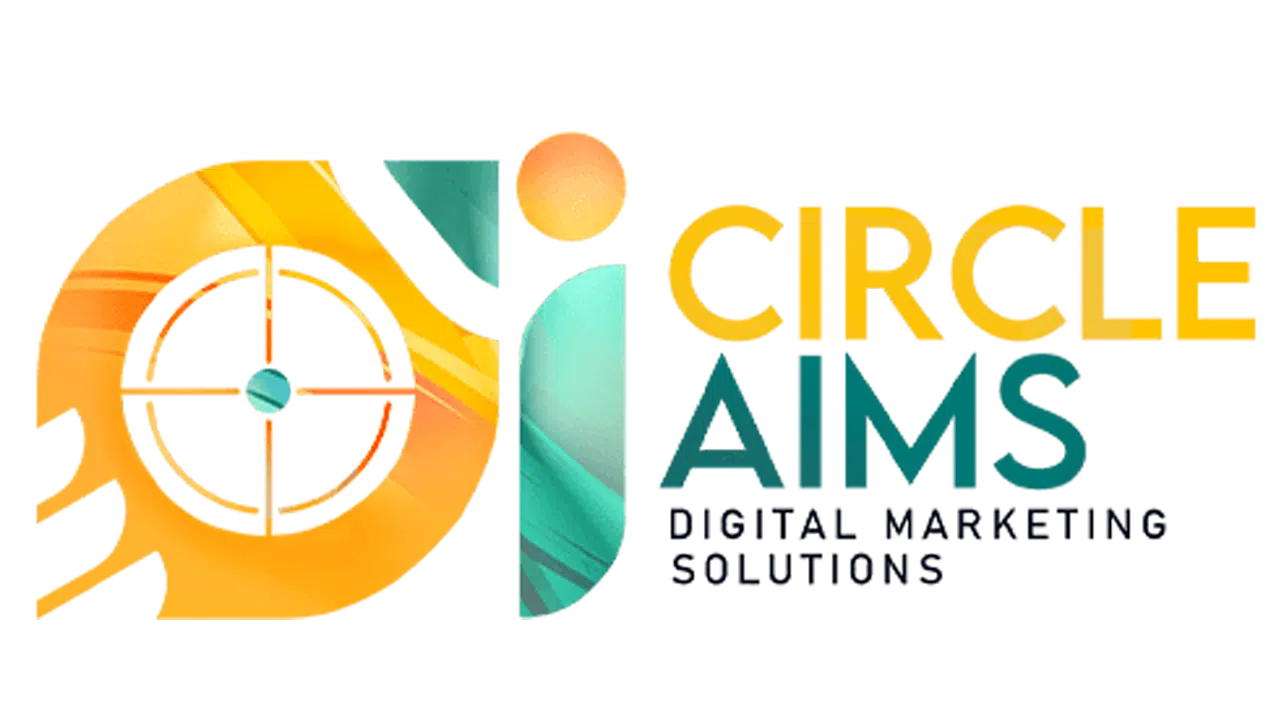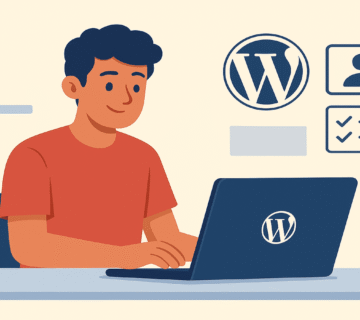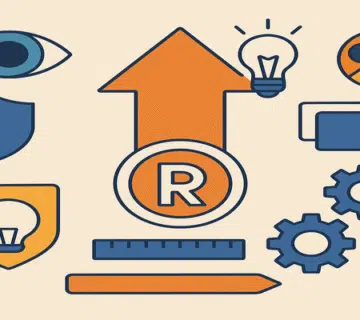Steps to Manage a Website Without Technical Problems
Setting Goals and Vision
The first step towards creating a successful website is defining its goals and vision. Having a clear vision helps chart the right path toward achieving the desired outcomes.
Owners must be fully aware of the target audience they wish to reach, as this is a fundamental element in developing any website. Understanding the needs and expectations of this audience helps set precise goals aligned with their interests.
Goals can be divided into short-term and long-term objectives. Short-term goals are those that can be achieved over a brief period, usually related to launching the website or increasing traffic in the first few months.
Long-term goals, on the other hand, aim for sustainable growth and increased brand awareness. These goals should be Specific, Measurable, Achievable, Relevant, and Time-bound — following the SMART principle.
Furthermore, the vision and goals must be clearly linked to the technical strategies. This means that goals should account for technical aspects such as hosting, design, and loading speed.
These factors are vital to avoid technical issues in the future. Without proper planning, a mismatch between website goals and technical capabilities can result in problems that negatively impact user experience.
Ultimately, setting goals and vision is a necessary process to ensure your website’s success. Through careful planning and aligning your vision with technical strategies, you can reduce risks and achieve satisfying results.

Choosing the Right Hosting
Choosing the right hosting provider for your website is a critical step in ensuring optimal performance and smooth operation. There are several types of hosting services, including shared hosting, VPS (Virtual Private Server), and dedicated servers. Your choice depends on your website’s needs, expected traffic volume, and available budget.
Shared hosting is a popular choice for beginners and small website owners, as multiple websites share the same server, making it cost-effective. However, performance may be affected if there is a spike in traffic.
For this reason, VPS hosting is preferable when you need more control and dedicated resources. This option offers more stable performance and allows for resource customization based on your website’s demands.
Additionally, dedicated servers are the ideal option for large projects or websites that require high levels of security and performance. With this type of hosting, you get an entire server with all its resources, providing excellent performance and fast response times.
However, it’s worth noting that this option is more expensive and requires technical knowledge or support services to manage the server setup and maintenance.
When choosing a hosting provider, it’s also important to consider factors like performance, security, and technical support. A reliable host offers strong protection against cyber threats and the ability to scale as your traffic grows.
Also, ensure 24/7 technical support is available to resolve any potential issues. The best option combines efficiency with affordability to meet your specific website requirements.
Content Updating and Maintenance
Keeping your website’s content updated and maintained is essential for consistent performance and continued success. Many visitors rely on fresh and trustworthy content when browsing websites.
Therefore, regularly updating content can improve user experience and boost engagement.
One of the key steps in identifying which content needs updating is to review existing content regularly. By analyzing visitor data, you can pinpoint pages or articles with low traffic or outdated information.
Moreover, user feedback and comments should be considered, as these may signal a need to refresh or improve existing content.
When beginning the content update process, several effective steps should be followed. First, identify the goal of the update — whether it’s to improve search engine rankings or deliver new information.
Next, rewrite the text, add new data, and adjust formatting to match the website’s current design. All updates should aim to enhance content quality and renew visitor interest.
There are numerous tools and applications that simplify content updating and maintenance. For example, content management systems like WordPress or Drupal make editing and updates easier.
In addition, analytics tools like Google Analytics provide valuable insights to help you prioritize which content needs updating. Leveraging these tools can improve efficiency and reduce time spent managing the website.

Performance Monitoring and Analysis
Monitoring and analyzing website performance is a vital element in ensuring its continuity and success. This requires regular evaluations of how users interact with the site and measuring the effectiveness of your marketing and content strategies.
Among the most effective tools for performance tracking is Google Analytics, a widely used and powerful solution. It offers a comprehensive set of data on traffic, visitors, and conversion rates, helping you better understand user behavior.
Interpreting the data from Google Analytics helps identify your site’s strengths and weaknesses. For example, if a page attracts high traffic but has a low conversion rate, there may be issues that need attention.
By analyzing the user journey, you can detect points where users lose interest — such as slow page loading or lack of mobile compatibility.
Furthermore, identifying technical issues is crucial to maintaining optimal performance. Staying up to date with modern technologies and using alternative monitoring tools — such as performance monitoring software that tracks load time and technical errors — is important.
These issues should be addressed early and swiftly to avoid negative impacts on user experience and site reputation. Overall, performance monitoring and analysis is a core component of successful website management strategies, helping enhance user experience and increase success rates.








No comment